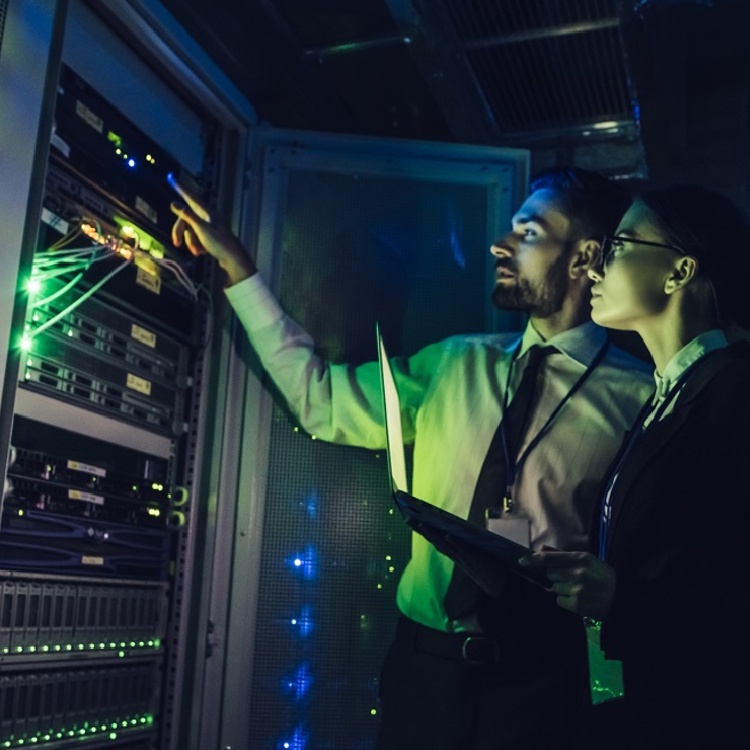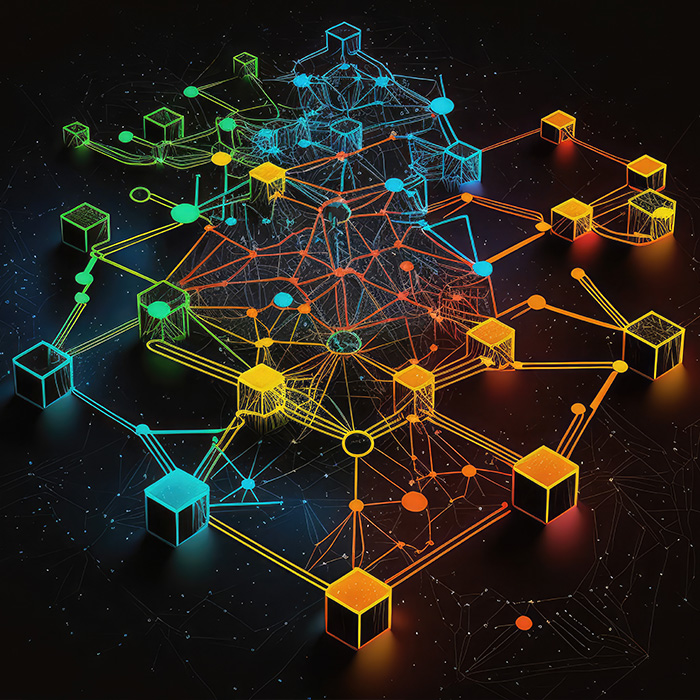The root of the problem is how IT organizations are structured. Whenever an application has a performance issue, infrastructure teams add more hardware to support applications that live for 10 to 20 years, explained DeBow, who said people fear changing code because they believe doing so is difficult, complex, and risky.
Smart IT leaders can face their fear by taking small steps with big impacts, DeBow suggested. He said the top 1% of processes are often responsible for up to 80% of an organization’s total compute footprint. That means focusing on a small amount of code can go a long way toward making an IT organization greener.
“They only need to focus on a very small footprint of their app to get very large returns,” DeBow said.
Importantly, green coding can also have a positive impact on the bottom line, according to DeBow, who said the exponential growth of data should drive organizations to reduce their app code footprint.
“As your data grows more, your inefficiencies are going to grow and your costs are going to grow,” he said.
Collaboration is King
Whether keeping code efficient or staying on top of ESG regulations and legislation, IT sustainability initiatives – like information security and privacy compliance – are a continuum.
“Legislation is literally forming and the impact will roll out over time,” Osika said.
With that in mind, Osika suggested that one final trend driving sustainability in IT industry circles this year is collaboration. Being able to accurately measure and monitor environmental performance is essential for maintaining and advancing sustainability initiatives, she said — and that requires networking with like-minded people facing the same challenges as you are, and are willing to share their best practices and lessons learned.
Osika added that organizations should monitor trends and learn as much as possible about new regulations and solutions. Many open-source resources, such as the Green Software Foundation, an affiliate of the Linux Foundation, are available on GitHub.
“They have projects where everybody leans in and shares resources,” explained Osika. She said the most important thing is agility.
“Adapting existing systems to emerging requirements is an iterative process,” she said.







